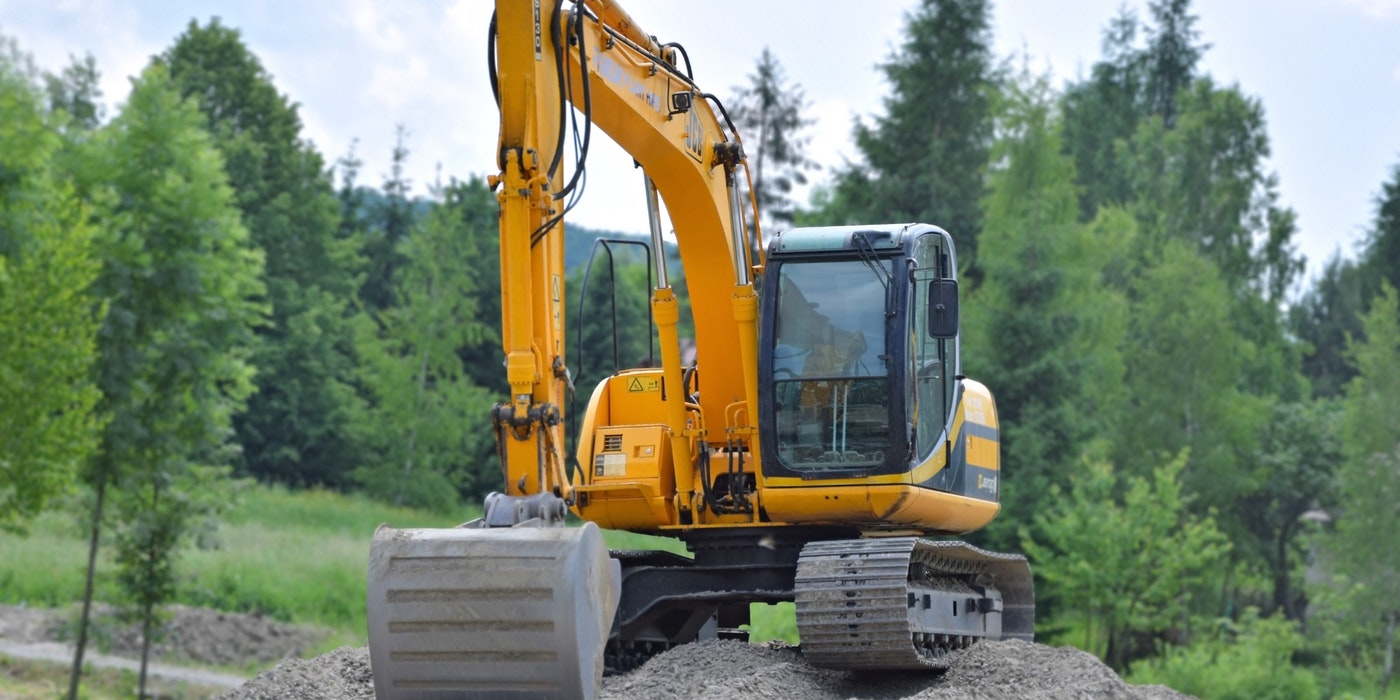Innovation
Types Of Innovation

Innovation, in addition to the action of inventing, should be a continuous process, a permanent state of review of the product, application of new technologies, the solution of market problems or consideration of further improvements.
We talk about types of innovation when the following categories are established:
Changes in products (development of products with better benefits)
- Innovations in the process (quality improvements, efficiency in the implementation)
- Innovations in the production system (performance improvements, manufacturing and commissioning with new equipment)
Changes in the design (definition of the calculation model, etc.)
 In general, the most significant innovations in construction occur with the first two categories, while innovation in production systems to improve production is aimed at improvements to obtain long-term results and change in design is less frequent. And between the first two cases, innovation is more common in the process, for small and medium-sized enterprises (SMEs), given that the change is on a smaller scale, while product innovation is more available to large companies. In any case, whatever the type of companies, entrepreneurs, to get involved successfully in change, must have knowledge and means, but it is also necessary, also, a plus of initiative, confidence, faith in their ideas and, of course, some luck …
In general, the most significant innovations in construction occur with the first two categories, while innovation in production systems to improve production is aimed at improvements to obtain long-term results and change in design is less frequent. And between the first two cases, innovation is more common in the process, for small and medium-sized enterprises (SMEs), given that the change is on a smaller scale, while product innovation is more available to large companies. In any case, whatever the type of companies, entrepreneurs, to get involved successfully in change, must have knowledge and means, but it is also necessary, also, a plus of initiative, confidence, faith in their ideas and, of course, some luck …
Some entrepreneurs can demonstrate their interest in quality, by participating in the development of society, concerned about the environment, etc., but, in general terms, the primary objective of the manufacturer is to do business (make money) with the manufacture and the sale of your products. And during the deal, as in any sector, it has to face competition and thus, often out of sheer necessity, the main reasons that drive most manufacturers to investigate are derived from two primary goals: Competitiveness and reduction of costs
Be more competitive or develop appropriate cost reduction actions can be done both with effects on the product, for example, by modifying the composition to improve or facilitate the application or performance, as with activities on the manufacturing process, for example, replacing or upgrading the equipment, computerizing the tasks, or with actions in the execution, for example, optimizing the implementation procedures; but also with operations, not yet frequent enough in the structure of companies, such as after-sales service and customer service.